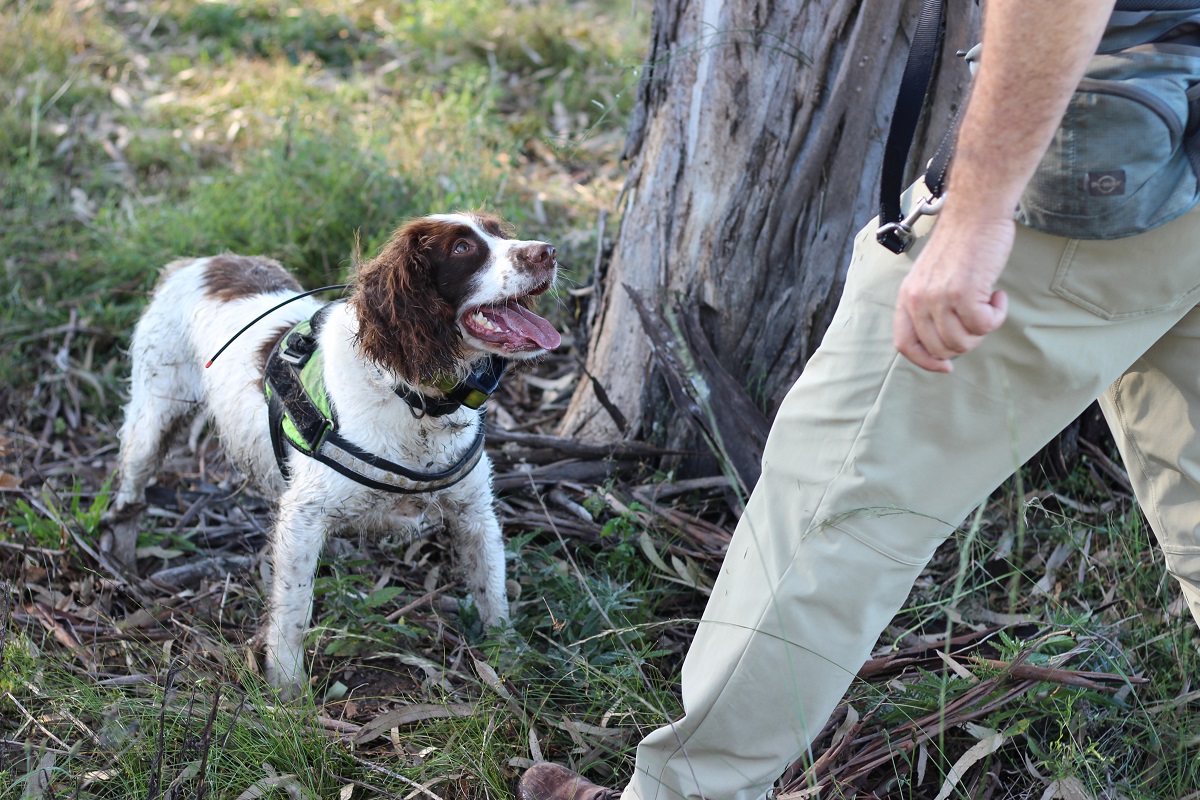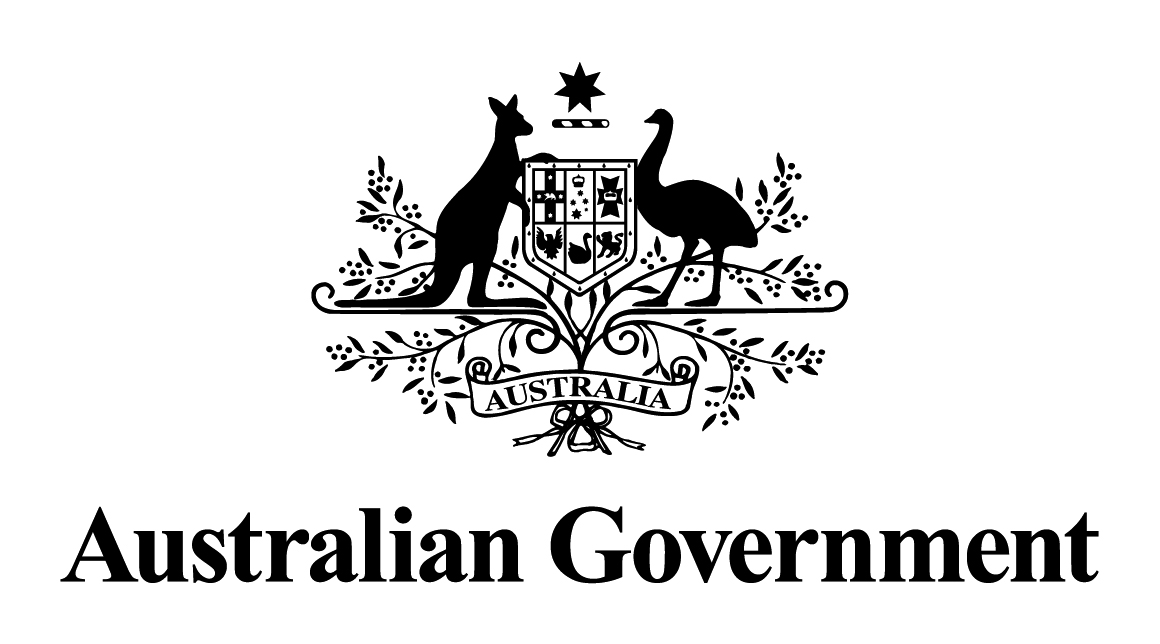
Protecting Koalas
Conserving koalas in Areas of Regional Koala Significance (ARKS).
 Activities to protect and restore koala habitat and build knowledge of their numbers and distribution.
Activities to protect and restore koala habitat and build knowledge of their numbers and distribution.
Healthy Land & Water’s work to protect koalas involves protecting and restoring the quality, extent, and connectivity of habitat for koalas within key areas in South East Queensland (SEQ), which have been identified by recent studies.
There are 20 priority koala habitat areas in SEQ, which are aptly known as Areas of Regional Koala Significance (ARKS). We have been rolling out three great projects concentrated on ARKS in and around the Scenic Rim.
Activities will protect and restore key koala habitats and build koala numbers and distribution knowledge.
After three years of amazing work to protect koalas, new funds mean we can expand and extend our efforts for another year!
What we are doing

Our work improves key koala habitats and builds knowledge of koala numbers and distribution. We do this by:
- Maintaining or enhancing existing koala habitat through initiatives such as tree planting, fire management, and weed control.
- Expanding and connecting koala habitat with revegetation, managed grazing pressure through targeted fencing, and other initiatives that improve koala’s capacity to move across the area.
- Building understanding and awareness of how to improve land management practices, through land manager workshops and community engagement activities.
- Implementing monitoring regimes to measure the impact of activities on koala populations and their habitat. This also helps build knowledge of how koalas use these improved landscapes.
- Building collaboration between governments, community, land managers, and Traditional Owners to improve outcomes for koalas.
Measuring success
Outcomes
The project is achieving great impact for the ARKS, with outcomes being rolled out and built upon, thanks to three projects that have received funding from the Australian Government.
| Actions |
Project 1 Flinders Peak ($1m) |
Project 2 Flinders Peak, North Pine, Lake Manchester, Grandchester ($2m) |
Project 3 Flinders Peak, Grandchester ($2m) |
|
| Maintain and improve contiguous landscapes of koala habitat to allow koalas' survival and movement |
Revegetating koala habitat and targeted planting for improved quality |
10 hectares |
70 hectares | |
|
Targeted weed control for improved quality |
130 hectares | 300 hectares | 170 hectares maintenance, 70 hectares new | |
|
Improve fire management |
50 hectares | 200 hectares | 50 hectares | |
|
Improved grazing management & fencing |
50 hectares | 20 hectares | ||
| Improved community and land manager capacity to contribute to koala conservation |
Knowledge building, citizen science, and fire management workshops/events |
4 events | 3 events | 4 events |
|
Conservation outcomes through collaboration with governments, communities, Traditional Owners, and researchers |
Yes | Yes | Yes | |
| Improved knowledge of local koalas and habitat management |
Data collation |
Yes | Yes | Yes |
|
Improved knowledge and understanding through citizen science, workshops, research |
Yes | Yes | Yes | |
|
Surveys by koala conservation dogs |
Yes | Yes | Yes | |
|
Community reporting of koala sightings |
Yes | |||
|
Targeted koala surveys |
Yes | Yes | Yes | |
| Improved collaboration on koala conservation |
Project Working Group comprising Australian Government, Queensland Government Department of Environment and Science, Queensland Trust for Nature, Queensland Fire and Biodiversity Consortium, local governments, Traditional Owners, and landcare and community groups. |
|||
Koala habitats will be improved thanks to targeted planting, weed control, and improved fire management. As a consequence, they will be able to survive and move through the area.
A series of knowledge-building, as well as fire information and planning workshops, will add improved community and land manager capacity to contribute to koala conservation.
In addition, thanks to data collation, community reporting of koala sightings, targeted koala surveys, Traditional Owner involvement, and research on koala habitat quality, the knowledge of local koalas and habitat management will be significantly improved.
Why this project is important
|
Koalas are endangered and koala populations in South East Queensland are at elevated risk for a variety of reasons. Australia’s koala populations have dramatically decreased since European arrival. Before it was realised that they would become a threatened species, between 1906 and 1927, 450,000 to one million koalas were killed for their fur annually in Queensland. Koalas prefer forests growing in better soils, possibly due to the better nutritional value of tree leaves. A growing human population has led to large-scale clearing of better-quality Koala habitats with many Koalas now struggling within smaller, fragmented patches of poorer-quality forest. This, combined with a decline in habitat conditions through drought, fire, and climate change and disease, vehicle strikes, dog attacks, and reduced genetic diversity, has culminated in causing a further, substantial decline in koala populations. |
Project snapshot
| Projects |
Project 3 (2023 - 2024) $1.2 million: Grandchester and Flinders Peak Koala Habitat Restoration and Protection Project 2 (2022 - 2023) $2 million: SEQ Koala Habitat Restoration and Landscape Resilience Improvement Project Project 1 (2020 - 2023) $1 million: Protecting Koalas of South East Queensland & Northern New South Wales |
| Project manager: | Tom Lally, Healthy Land & Water |
| Catchment: | South East Queensland |
| Partnerships: |
The success of this work is thanks to a high level of collaboration to ensure alignment and consistency and reduce duplication. |
| Related Articles: |
|
Project collaborators
The success of this work is thanks to a high level of collaboration to ensure alignment and consistency and reduce duplication.
Each project has been funded by the Australian Government.
The most recent project is funded by the Australian Government’s Saving Koalas Fund.
Other key project collaborators on our koala projects include the Queensland Government Department of Environment and Science, Queensland Trust for Nature, local governments, Traditional Owners, and Landcare and community groups.


